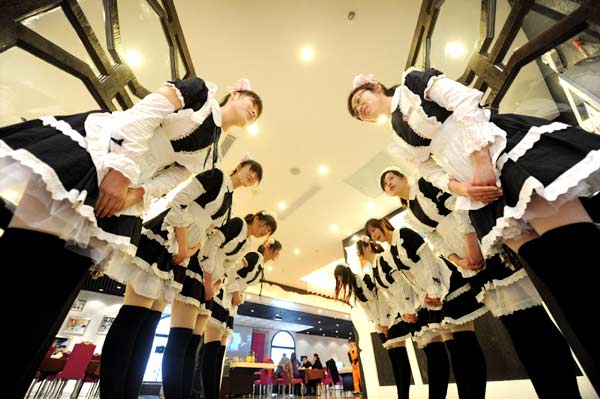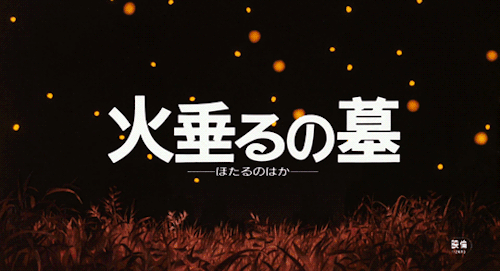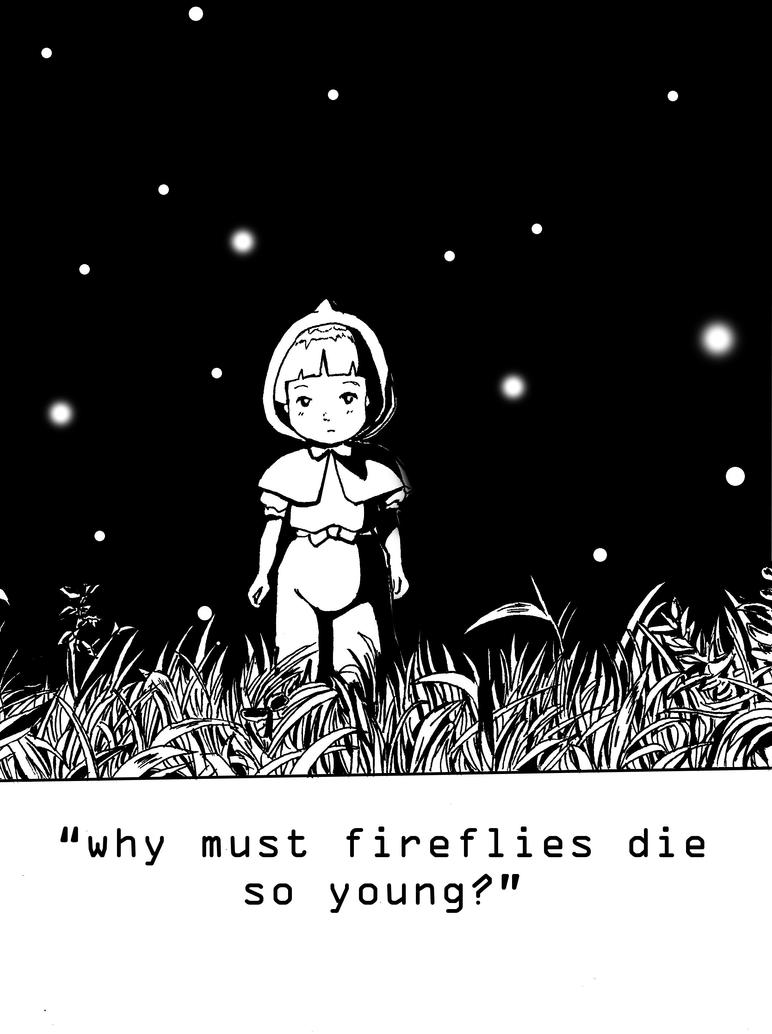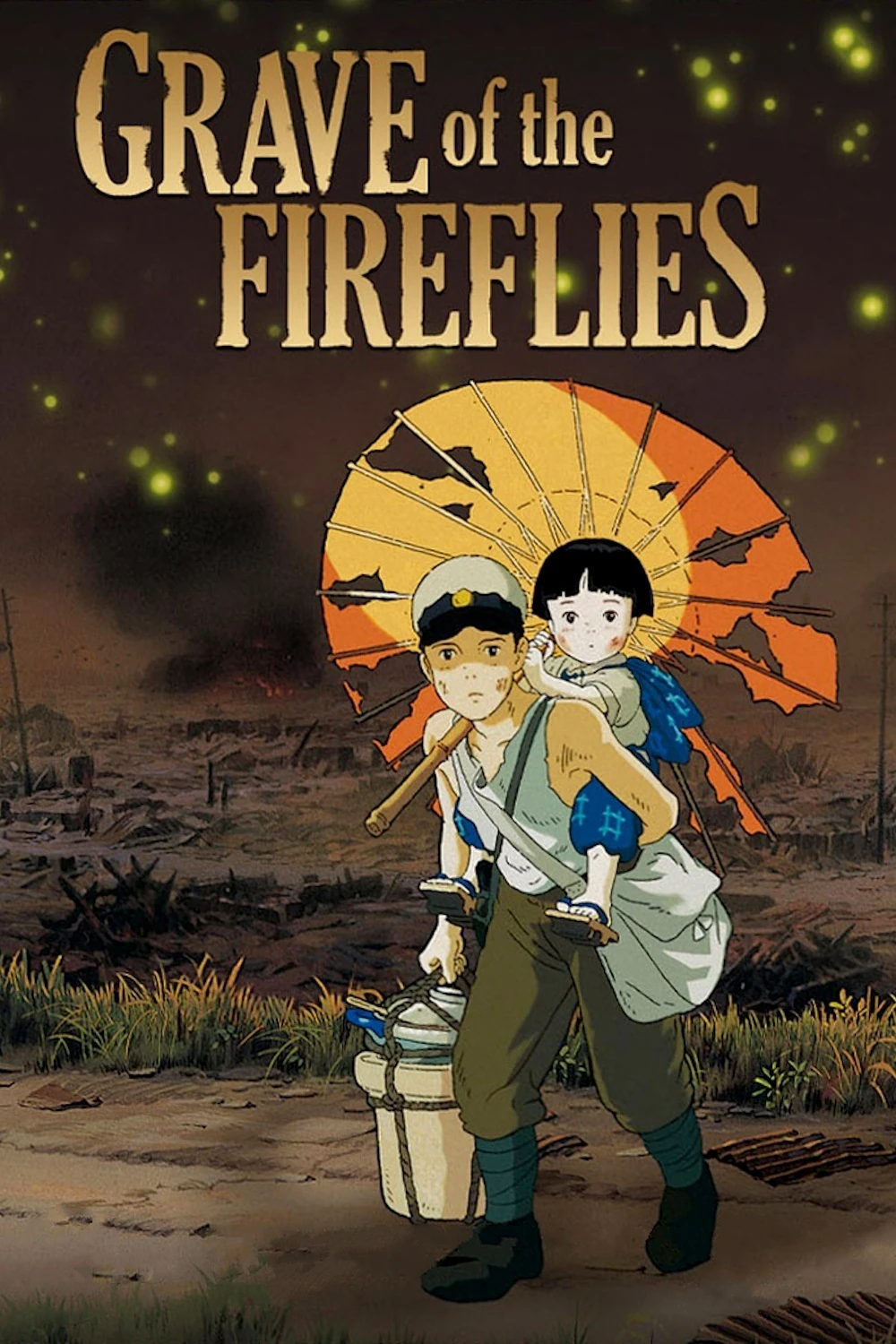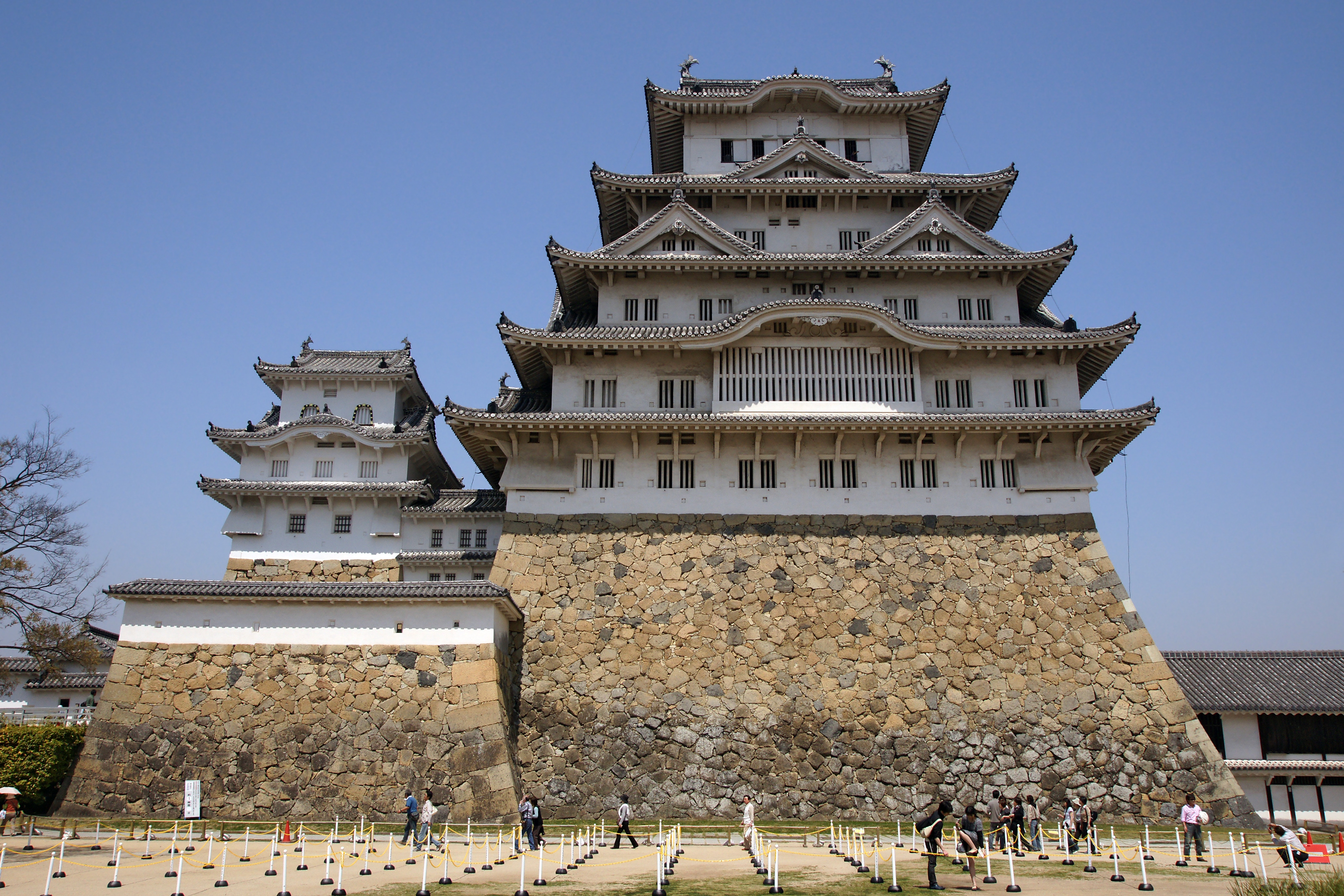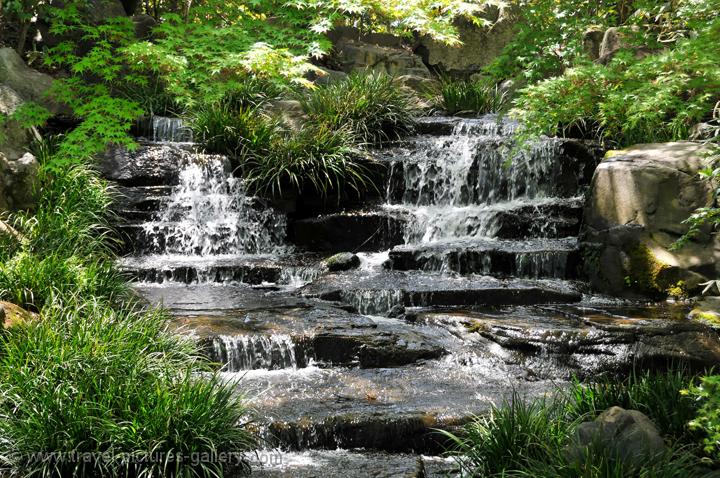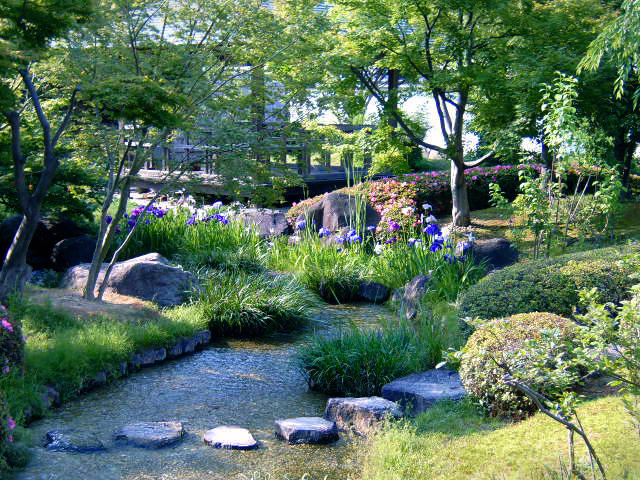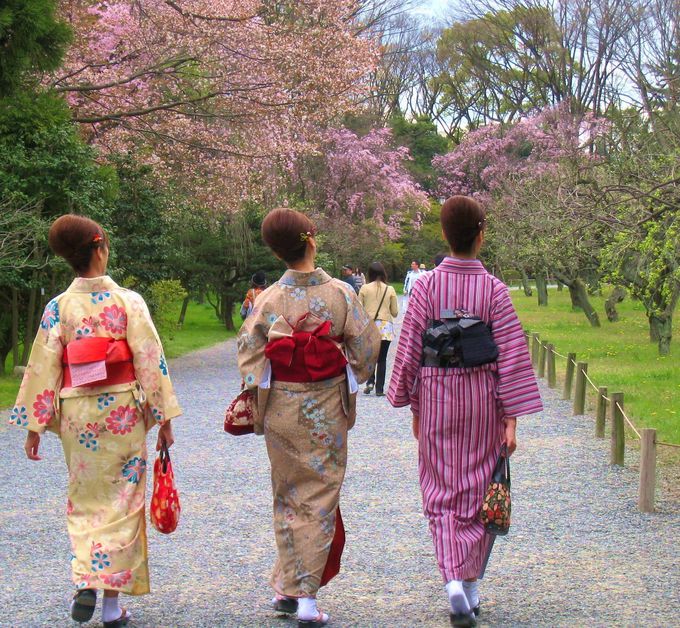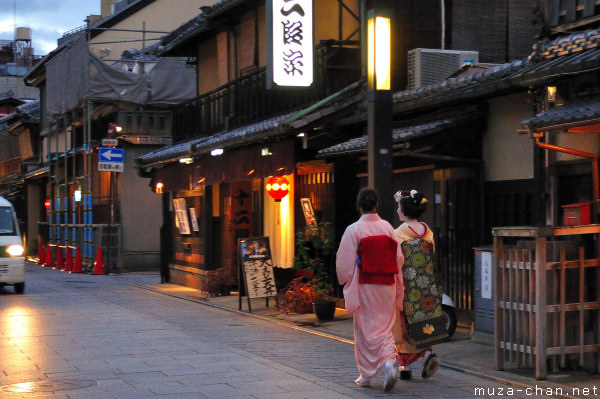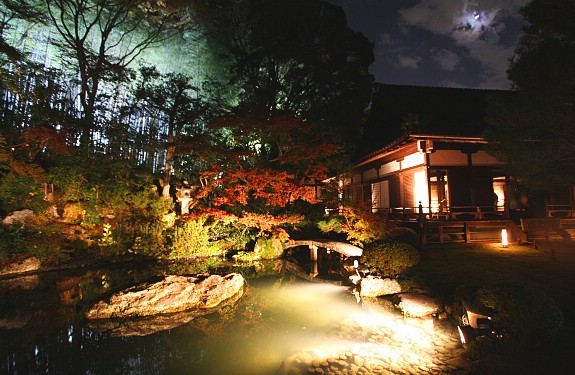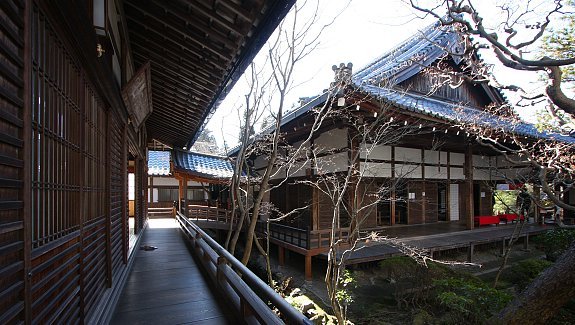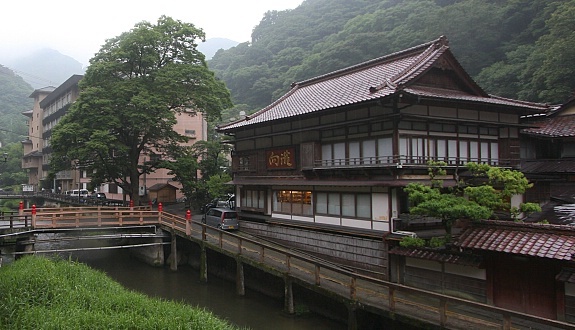In Japan theme cafés and restaurants are very popular not only among teenagers. Certainly there are many types of those
cafés
which amaze with its uniqueness and ingenuity. Typically the themes of restaurants are related to the characters from the manga and anime, or other well-known forms of pop culture, like Hello Kitty or robots. In Japan there are also many cafés with live animals, or waiters and waitresses dress in a certain way to attract customers. Although this type of untypical cafes and restaurants is becoming more and more present in other countries, only in Japan it is so popular and often visited. The reason of course lays in the Japanese mentality. Most types of those dining places can be regrouped under a common name - cosplay restaurants, it means restaurants where the waitresses are dressed in a suitable manner to the satisfaction of the otaku ( maniacal fans of the world of manga and anime). They are usually dressed as characters from manga, sometimes their clothes resemble animal (they look like cats or bunnies). In Japan there are a lot of cafés related to Alice in Wonderland. Food and drinks at those cosplay restaurants always refer to the theme of the restaurant which along with the waitresses create a unique atmosphere. The staff treats the customers as masters and mistresses in a private home rather than merely as a café customers. The main objective is to give an impression that waitresses are "kawaii", it means really cute. The young Japanese girls, to please the tastes of men, lower the tone of voice and imitate the behavior of little girls to be seen as sweet, clumsy girls.Waitresses in some of the cosplay restaurants can play with customers games such as cards or rock paper scissors, bot not only... It is true that they do not provide any sexual pleasures, because prostitution is prohibited in Japan, but it happens that the customers can arrange with a date with waitress (for example after winning special competition), or sometimes even massage of feet or hands. As in many other issues related to Japan it is hard to tell where is the border of morality that should not be overstepped. But as I have previously written - in Japan there are a lot of different types of maid cafes but the waitresses do not offer a sexual benefits to customers. However, there are also cafes where waitresses wear skimpy clothes specifically allowing to peep on their underwear. Categorically I want to underline once again: this type of cafes are not used to hide illegal prostitution, as in the case of the Japanese, soap houses, but the fact is that the waitresses are supposed to seduce thier clustomers to make them come back again. For us - Europeans, this behavior can be scandalous and shameful, but in Japan it is tolerated.
Try to discover the mysterious land of the rising sun and the cherry blossom...
Tuesday, December 29, 2015
Sunday, December 27, 2015
Hotaru no haka - SPOILER ALERT
-SPOILER ALERT- SPOILER ALERT-SPOILER ALERT- SPOILER ALERT- SPOILER ALERT-
In the previous post I briefly described the Japanese film "Grave of the Fireflies". Today I want to add some more information about the plot. Siblings, Seita and Setsuko wander destroyed Kobe after a raid in search of their mother.They see despair, death and fire digesting the remains of the city. After finding mother, it turns out that she is in critical condition and quickly dies. Seita though hardly cope with the death of his mother, does not want to scare younger sister and because of that he hides this fact. Just as one of the protagonist of the film "La vita e' bella" Seita is doing everything to hide from Setsuko unpleasant reality of war, death, hunger and social exclusion. The boy during the war is undergoing a metamorphosis, which deprives him of his childhood, and makes him an adult, taken over the fate of his sister, the last living loved one. At the beginning they live with the distant relative, but it turns out that she uses their remaining means of living for herself, treating them badly and leaving them
enough food
only to survive. The little Setsuko quickly begins to have health problems due to poor nutrition worsening as well as her mental state. All the time she is waiting for parents that will never come back. The deteriorating financial situation and mistreatment forces Seita to flee from the house to the abandoned bunkers on the outskirts of the city. Using their last money, siblings buy tools and food necessary for survival and spends their last happy moments together in those bunkers. I think that "Grave of the Fireflies" is an amazing movie, because it can at the same time show the cruelty of war and the moments of children happiness of Seita and Setsuko. sometimes we can completely forget that the protagonists are in the middle of the war, but then, every time their happy moments are interrupted by ominous noises of bombers, which force them to continuously run for their lives. This highlights the transience of life and shows how little we need to be happy even if it is for a short time. Of course Seita and Setsuko awaits an unpleasant end, when after much suffering, sickness and starving the little girl dies. Tough living conditions, despite of all brother's efforts, ends the short life of Setsuko. Although it is likely that Seita would survive alone, after the death of sisters, he has no longer the will to live and soon joins his sister.
Hotaru no haka
Last week I watched the animated drama film called "Grave of the Fireflies", with its original title in Japanese "Hotaru no haka" . It was produced by Studio Ghibli in 1988, written and directed by Isao Takahata, well-known director of many popular animated films and television series in Japan. The film is a drama set in Second World War period that not only reveals the reality of life of ordinary citizens during numerous raids (in this case of the Japanese city called Kobe), but also it forces to think about the meaning of life. At the beginning, I would like to encourage everyone to watch "Grave of the Fireflies" even if someone does not like the anime or animated films at all. It really does not matter in this case. What is important is the message of this film. We do not talk about some childish film with happy ending, nor about a brutal and bloody picture of war. It is a beautiful movie that nevertheless the cruel events shows the beauty of love and compassion. The film, despite of the sad tone, brings a lot of emotions and allow us to reflect about our life. In my opinion, "Grave of the Fireflies" is a film that everyone should see, regardless of the film's preferences. The scenes, often left without a comment or with musical accompaniment leave a lot of space to our thoughts. I would like also to mention that this movie is filled with sadness and perhaps for people used to Disney's productions it will seem a little brutal, but for me it is more realistic, than cruel. The movie shows the truth, but I think that the film is first of all a touching one. The plot tells the story of siblings, teenage boy named Seita and his younger sister Setsuko, which after being separated from their mother, during one of the raids, are trying to desperately find her. I will write only this for those whom I encourage to watch this movie. In the next post I will explain the details of the plot and the ending, so all of you - if you are interested in watching "Grave of the Fireflies" please do not read the second post! :)
Sunday, December 13, 2015
Wagakki Band II
Good evening! As I mentioned last time, today I would like to go back to Wagakki Band. This time I would like to add a few words about the instruments and write about some interesting songs from their repertoire.
First of all among the traditional Japanese musical instruments the most famous ones are :
Taiko - Japanese percussion instrument, this term refers to any kind of drum and they are used often during festivals
Biwa - a type of Japanese mandolin, often used in narrative storytelling. The biwa is the chosen instrument of Benten, goddess of music, eloquence, poetry, and education in Buddhism.
Koto- is the national instrument of Japan, stringed, about 180 centimetres long, made from wood, and it have 13 or 17 strings
Shiamisen - a banjo-like three-stringed instrument, derived from the Chinese instrument sanxian. It is played with a plectrum called a bachi and is often used to accompany bunraku and kabuki.
Shakuhachi - a type of flute that consists of a bamboo pipe about 20 inches long, was introduced from China into Japan in the 8th century
Shou - a vertical bamboo flute, that was introduced from China during the Nara period , it consists of 17 slender bamboo pipes and two of them are silent
 |
| Koto |
 |
| Biwa |
I found a short video that shows two of the above mentioned instruments: taiko and shiamisen :)
Going back to Wagakki Band besides the well-known Europeans musical instruments such as : guitar, bass, drums, we can hear the sound of koto, shiamisen, shakuhachi and taiko drums (Wadaiko).
As for the most popular hits of Wagakki Band we can certainly include songs such as: Ikusa, Nijiiro Chouchou, Roku Chounen to Ichiya Monogatari and Senbonzakura. And today I want to briefly describe two of them.
Roku Chounen to Ichiya Monogatari
This song, like many others from the Japanese repertoire, can be interpreted as a metaphor, in this case, of life and growing up. Lyrics presents a nameless orphan that being isolated by the rest of the society did not know kindness nor he had a name.The child was persecuted and the only thing that the child knew was despair and loneliness, therefore, up to the point when he met another child, he did not have the will to live. It is confirmed by a fragment which could be translated as:
"I can not die, can not die, why I can not die?
Although I can not have a single dream"
In the second part of the song the protagonist meets a child, whom despite being aware that this friendship can bring him a lot of suffering.The nameless child, instead of being happy still fears that kindness of his friend will lead to their death. The child dreams that the world would end and two friends would disappear from the world filled with hatred.
As I mentioned this song could be seen as a metaphor of growing up, fearing the world, which is full of hate and selfishness, but also to emphasize the importance of friendship and the fact that loneliness is the greatest evil.
Senbonzakura
This song is much more difficult to explain and I can only try to sketch the main idea of it. Like many other Japanese songs, the text is very poetic and therefore can be interpreted in many ways. The song is very lively and expressive, in the video often they hide faces behind masks of Oni - Japanese demon. I want also mention that the title means: a thousand petals of cherry blossoms. In Japan, as I mentioned many times, cherry blossoms is associated with the transience of of life and inexorability of dying. This song is about conflicts and refers to Second World War, but there are not enough evidence to say that it is only about Second World War. Senbonzakura talks about death, war, suffering and about how quickly our lives can end. The first 4 lines of this song can be translated more or less like this:
"Petals of a thousand cherry trees through the night
You sing and I dance
We have a real banquet in a steel cage
Come and shoot freely."
Personally, I think that this song not only glorifies the deaths of war's victims, but also calls for the senselessness of armed conflict. The protagonist feels trapped in a steel cage and the cruel war seems to be terrible and insane banquet full of blood and violence.
"The world is immersed in eternal darkness
You will not hear any laments here."
At the end two other popular hits of this band:
Ikusa
Nijiiro Chouchou
See you nest time ! :)
Tuesday, December 1, 2015
Wagakki Band
Konbanwa!
I found recently a very interesting band - Wagakki Band, which represents a genre of music called J-Pop. The name J-pop is an abbreviation from Japanese Pop, but this band represents also other kinds of music, like Folk Rock and Metal. I must honestly admit that my knowledge about Japanese music is rather insignificant and mostly based on the basic informations about Japanese instruments and types of music. So far, unfortunately, I did not have a chance to know many Japanese singers or bands, nor somebody have recommended me some. That is the reason why the most of the Japanese songs I know comes from anime. The above mentioned band drew my attention because of the extraordinary sound of their songs, which like Japan itself combine tradition with modernity.
Looking at the pictures you can get the impression that we are dealing with some characters from anime or cosplayers. Their music compositions are accompanied by incredible attention to detail, lyrics, musical setting, video clips, balancing of tones and well-chosen clothes that create a unique atmosphere. Each of the above listed elements have contributed to the success of the band and in my opinion represents the essence of Japaneseness. Wagakki Band consists of eight people, including Suzuhana Yuuko as a singer and Kaminaga Daisuke (Shakuhachi), Ibukuro Kiyoshi (Koto), Ninagawa Beni (Tsugaru Jamisen), Kurona (Wadaiko), Machiya (Guitar), Asa (Bass), Wasabi (Drums)*.
* In brackets I placed the names of the instruments.
The most popular song of this band is called Senbonzakura with more than 25 million views on You Tube. The band began its career recently and the first concert on a large scale took place during Expo 2014 in France.
In the next post I will briefly describe Japanese instruments that the band members use and describe a few songs chosen by me. :)
My favorite song -
~~ Roku Chounen to Ichiya Monogatari ~~
Sunday, November 22, 2015
The best memories of Japan (part II)
Hello! Today I will continue with my best memories list :). Like I wrote before I chose those that I bear in mind for a particular reason. So : hajimemashou!
3. Hanami at night
One of my favourite memories concerns the night that we spent watching the blooming cherry blossoms in Kyoto at the Yasaka temple. I would recommend Hanami to anyone, even if you are not especially interested in Japanese culture. Admiring pink blossoms illuminated at night on the temple's grounds is one of the most beautiful things you can see. The whole event is accompanied by an incredible atmosphere created by dozens of Japanese people gathered to cultivate their ancient tradition. Hanami is also an ideal opportunity to try traditional dishes and sake.
 |
| Mayurama Park - Yasaka Temple (Gion, Kyoto) |
When I and my mom sat down on the table we ordered yakitori and sake.While we are waiting for the dish we tried to discreetly watch and admire the Japanese in traditional kimonos. We did not have to seek far because we sat next to the Japanese pair in the beautiful, colourful kimonos. To our surprise, after a few minutes Japanese which sat next to us introduced himself in English and so our conversation started. As it turned out he was a musician who played most of his life in Europe and America and he lived for a few years in Germany and Hungary. The rest of the evening we spent eating and talking about Europe, Poland and Japan. I always find this memory as of the unique opportunity to know Japanese better. It is rare that the Japanese themselves starts a conversation with gaijin (foreign).
 |
| Yakitori :) |
4. The meeting in the park
As I have often mentioned before, the Japanese avoid conversations in English as much as they can. Therefore, if I am able to, I try to ask for directions in Japanese, or find the way myself. But, sometimes, even if its a really rare sight , the Japanese themselves approach you and begin to speak in this exotic language (English of course) :). Unfortunately it happens rarely.
It was a sunny day, when me and my mother walked aimlessly around one of Tokyo's gardens. Suddenly, I saw a Japanese that looked at me smiling. When I looked at him he kindly asked, if I wouldn't mind to talk with him for a minute. He spoke fluent English and as for a Japanese I understood him pretty well. As the three of us sat, it turned out that he was extremely happy to have a chance to speak in English with somebody. He was very helpful and keen to give us a lot of informations about places to visit in Tokyo. He was so kind to even drew us couple maps and asked few Japanese passers-by for more accurate information (when himself he did not remember something). It is amazing how much the Japanese people asked for help will do. Sometimes they do not leave you until they are sure that they were able to help you. It does not matter whether they are in hurry or have their own worries, or if they can speak English. Every time I am really touched by kindness of the Japanese people.
Wednesday, November 18, 2015
The best memories from Japan :)
In today's post I want to start a short list of the four best memories from Japan. Of course there are so many good things to mention, that I would like to focus myself on those concerning Japanese people, whom I had the opportunity to meet.
It is worth noting that Japanese people are rather shy in case of dealing with foreigners. Often it is connected with the need to communicate in English. In Japan, learning English in schools is obligatory, but due to outdated teaching model they can not speak fluently. In schools, emphasis is put on learning grammar and writing essays. Usually the only exercise of conversation is reading at loud the text of the manual. It should also be remembered that the Japanese who speak English, often for inexperienced Europeans are completely incomprehensible. Of course, the problem lies in a distorted pronunciation of words that is similar to Japanese one. :)
But among the daredevils who risked arduous conversation in English were, among others, those Japanese:
1. A crane which grants wishes
I must admit that it is my favourite memory regarding Japanese, because I was deeply touched by kindness and selflessness. Once, in Tokyo I was turning back alone to the hotel, so I stepped in Tenya (a chain restaurant) to eat some tasty tempura :). Normally I never ate alone so I wanted a table just for myself. As it turned out the restaurant was crowded with people so I had not other choice as to sit at one of the longitudinal tables, surrounded on the one side by salary-man and on the other one by Japanese pensioner. Feeling the pressure and keeping in mind how the Japanese sustains the traditions, I tried my best to express the esteem respecting for food. At the beginning I felt uncomfortable, afraid that I can offend someone with improper behaviour, but soon I was able to relax a bit. Then suddenly the pensioner on my right said, "sumimasen" (I am sorry). Surprised and a confused I looked in his direction, only to realize that he apologized for taking the sauce from the table, which was between us. Actually he did not have to say it, because he did not interrupt my eating, but apparently the old gentleman must have considered as a lack of respect- not to apologize me for "intrusion" on the table. I tried to hide my shock caused by his kindness with a smile. When I finished eating, the old gentleman (who apparently did not speak English) asked me to wait, and took out a small coloured box and handed it to me smiling. It was origami box with a pair of cranes inside. He said that it was a gift for me and that crane made from paper can make dreams come true. I like a lot this kind of nice, random encounters that you can remember for a long time. It is good to know that there exist people who are trying to make your day a little better :).
2. Children's smiles
2. Children's smiles
I think that even if we have nothing to share with another person, we can always smile. It is nothing much, but it can improve someone's mood. :) Japanese children are so lovely! It often happened that during my stay in Japan children were approaching me with a wide smile saying with a thin voice "Herrrou"(it is hello of course ;) ). At this point, unfortunately, our conversation had to end, because children were not able to say something more. The only thing I could do was say "Herrou!" with a smile on my face. Can we call it a conversation? I think so, because you can communicate in non-verbal way also. Sometimes a few brief moments without using words can leave a very good memory to which you will want to remember (for example, in gloomy and rainy days;) ).
If you want know more ->
See you next time! ;)
Friday, November 6, 2015
Himeji
Hello everybody! In today's post I would like to describe my favourite Japanese castle-Himeji-jou, which is also called "White Heron Castle". This feudal castle is located in the town of the same name in the Hyougo prefecture . It is worth noting that Himeji-jou is a part of UNESCO World Heritage Site and belongs to the most popular monuments in Japan. The name "White Heron Castle" comes from its elegant, white appearance that resembles a flying bird. After a long renovation period, in 2015 Himeji-jou was finally completed and reopened for visitors. Despite of renovation, Himeji castle by a miracle was not destroyed during World War II bombing. From Kyoto or Osaka it takes about one hour of shinkansen ride to get to Himeji.
We came to the city in the morning, because apart from visiting the castle we wanted to see the Kokoen Garden and visit Kobe's Chinese festival in one of the most famous Japanese China Towns. Fortunately, we quickly found the castle. From the JR station, it was about 15 minutes along the main road! As it turned out later, we were lucky coming to Himeji in the morning, because after 2 hours at the front of the castle lined up huge line of people.
The sightseeing takes about two hours, during which we saw the inside of the castle, walls and grounds among the walls. It is worth mentioning that Himeji-jou has preserved the interior, and not, as in the case of the other Japanese castles like : Hiroshima, Osaka or Nagoya, where the traditional interior design was abandoned in favour of a modern interactive museum.
Himeji Castle did not disappoint me! The weather was good, and the views from the castle windows were breathtaking. Combined ticket for the castle and Kokoen Garden costs only 1,030 yen, about 30 zloty's.
Although at first I did not know is it really worth to visit the Kokoen Garden, now I would recommend it to everyone! Right after the Kanazawa's garden, the Kokoen is the most beautiful garden I had seen in Japan! First of all, this garden is an landscape made of several small gardens that perfectly connect the water and greenery. Passing the parts of the garden you can admire the azure waterfalls, lakes full of colourful koi, small streams surrounded by a lush and intense greenery. IF you ever go to Himeji, you definitely must visit the Kokoen Garden!
Friday, October 30, 2015
Kanazawa
Good evening! Today, I would like to share with everyone my memories about Kanazawa. Unfortunately I spent in this beautiful city only a day, but I honestly recommend this city to everyone who ever intend to go to Japan. Kanazawa is situated in the Japanese Alps and it is the largest city in the Hokuriku region. Kanazawa has a very lovely atmosphere, a bit similar to the one in Kyoto. The city can be reached from Kyoto with Thunderbird Express train in about two and a half hours. It is worth to notice that Kanazawa is the second largest and best-preserved city after the WW II ( after Kyoto).
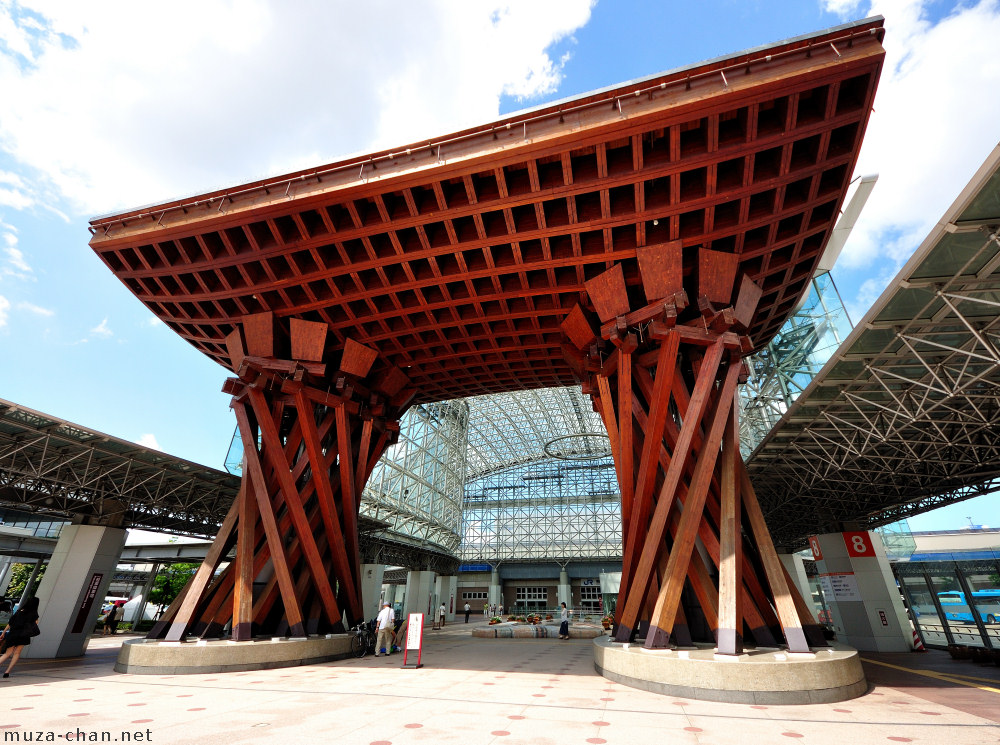 |
| JR Kanazawa station main entrance |
After leaving the train we went straight to the tourist information center. In Japan, almost every station has one! It is very convenient, because you can get there information about city, maps and brochures of available attractions for free. So it is possible to explore the city without having previously any information about it :). And as it turned out the monumental entrance to the station was our first attraction.
We took a bus to Kanazawa Castle, which made a big impression on us. We read earlier that it is slowly being reconstructed, so we did not expect to see such a well-kept park and beautiful buildings. It is true that so far only a part of the area of the castle has been reconstructed, which does not change the fact that it cannot be omitted during see-sighting! In addition, there is no admission fee.
 |
| Kanazawa Castle |
Next, we decided to see a garden called Kenrokuen, considered by Japanese as the most beautiful garden in Japan. The garden actually turned out to be wonderful. Not only it is a huge, but also impress with diversity of plants. The colors of the leaves and the sound of water create a unique atmosphere. Near Kenrokuen we found interesting and charming street full of shops and small restaurants so we did a brief stop for some shopping :) and after that we decided to go to the Higashi-Chaya district.
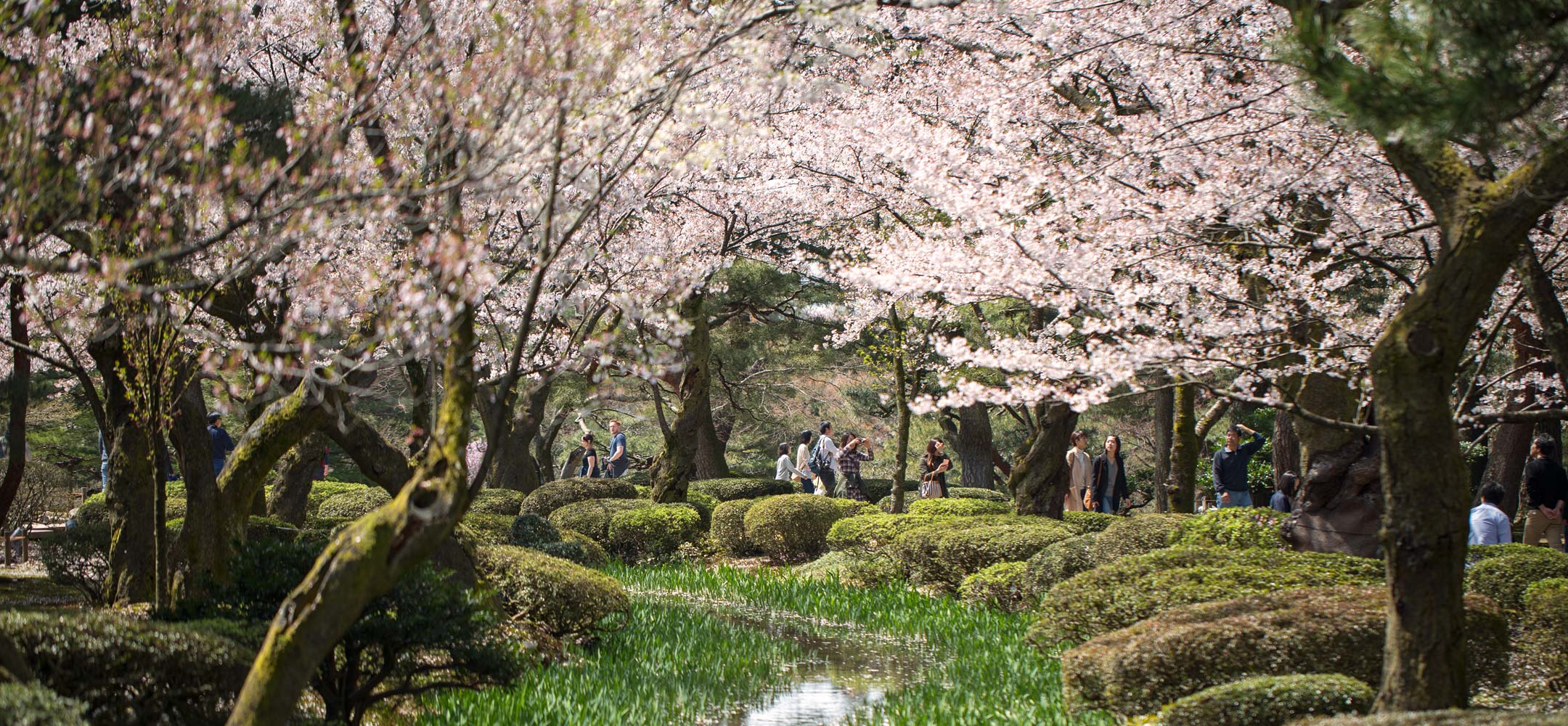 |
| Kenrokuen |
 |
| Kenrokuen |
It is really hard to decide which of the Kanazawa's attractions I enjoyed the most. Certainly, I would gladly come back again to this city,but this time I would prefer to spend a night at Ryokan. Another important attraction in Kanazawa is the Higashi Chaya District. Chaya is a Japanese word for a tearoom. The city is famous for its two tea districts, where in the old days geisha played on the koto for their clients. Before visiting Kanazawa I was in historic districts in Nara, Kyoto and Kurashiki, but I think that this tea district was much better preserved. Wandering between small streets full of traditional Japanese restaurants and shops I could feel the atmosphere of old Japan.
 |
| Higashi Chaya District |
Sadly it was all that were able to do in one day :(, but I guess I will visit Kanazawa once more!
Thursday, October 22, 2015
Shingeki no kyojin
On that day, mankind received a grim reminder. We lived in fear of the titans, and were disgraced to live in these cages we called walls. (quote from Shingeki no kyojin)
This anime tells the story of a post-apocalyptic world in which humanity is forced to live surrounded by three walls. The walls are the only protection against the Titans. The Titans have no intelligence, they are mindless monsters, more like moving corpses with their sole purpose to kill people.
I admit that for a long time I hesitated whether it is worth to read and watch this series. A short description did not convince me, but the large popularity of it forced me to try. I was simply afraid, that this anime's only storyline will be bloody massacre of people, but fortunately I was wrong. Shingeki no kyojin has a well laid out and balanced story, the action scenes are perfectly animated and emotional development of the characters is also interesting.
Of course at the beginning of the series it is not known from where the titans came, why do they kill only humans, forcing humanity to live within the walls. A group of main characters is lead by Eren Jeager who had personally experienced a fall of Wall-Maria. This anime has amazing and unique atmosphere, and because of that it is hard to say which genre it is- not only a thriller, but also a bit of drama and of fantasy.
The series shows complexity of human behaviour in face of the threat. The more the situation gets worse, more society lacks of compassion and willingness to work together. Nevertheless the main characters' approach contrasts with them. They are not shown as fearless heroes, but on the contrary facing the Titans they are more scared than anyone else. It is like they fight whit fear itself. Despite continuing struggle, which from the beginning is bound to fail, they want to manifest the desire to be free. Motto of the scouting legion is "Jiyuu no tsubasa", which means in English the wings of freedom.
Sunday, October 18, 2015
Suprise! First volume of Noblesse in Japan!
Hello! It is highest time to re-start writing a blog after the summer break! I am full of energy and I hope that my new posts will be even more interesting than the previous.
This summer I managed to visit the country of my dreams- Japan, and just like the first time it impressed me with its beauty. I have many beautiful memories, that I would like to share with you, but firstly I will describe what surprised me in Japan. (Edit : I'm not a person that is easy to surprise and probably only otaku will understand how I felt. :) )
I was coming back in the evening to the hotel in Tokyo's Asakusa district when I entered the Seven Eleven to buy something for dinner and to drink. But when I went into the store I stopped suddenly and my eyes rested on a pile of small, black-and-white books. It wasn't manga, but new, just translated manhwa called Noblesse. One of the most beautiful things that the Koreans have managed to create. Needless to say - I left the store with sushi, Pocari and the first volume of Noblesse. In my spare time I hope to translate the entire volume to polish :). To be honest I did not expect that I will have a unique opportunity to buy these series in japanese.
I like Noblesse because of the characters' personalities and enjoyable story. It is hard to say why exactly do I like Noblesse so much. It doesn't really distinguish among the others. However it has something that focuses the reader's attention and forces to emotional involvement. For me Noblesse is still mysterious phenomenon. It is true that this manhwa is well drawn, but it doesn't has the story as developed as for example One Piece. It is not as unpredictable as Death Note, it is not as scary as Psycho-Pass, do not make you smile like Gintama, there is no extraordinary action scenes neither. So why? Perhaps its mysteriousness prejudge its beauty. I believe that we should not ask why. Intuition is very important and usually knowledge only brings disappointment.
 |
| My newest prey :) |
Monday, May 25, 2015
FMA
Today I chose to write something about the manga and anime series called Full Metal Alchemist (NOTE : there are two FMA anime series and today I mention plot of Full Metal Alchemist : Brotherhood). FMA is one of the most famous anime also outside Japan. The type of manga is shounen and it is a mix of genres like action, adventure and science fantasy. Like I wrote before there is an "alternative" version of the FMA manga, but personally I prefer Brotherhood one, which is more optimistic, funny and has a real happy ending. The first version was sadder and even a little bit depressing (for example Homunculus arc).
So now couple information about the plot. This M&A is a really nice mix of genres that makes the plot at the same time interesting, funny and touching. In my opinion the special attention deserve the creation of the place of the plot. The author created from scratch the world of alchemists modeled on the era of the European industrial revolution. FMA is the world ruled by principles of alchemy. Process of alchemy is composed of three elements : comprehension, deconstruction and reconstruction. The principal laws of alchemy are : equivalent exchange and prohibition of human transmutation. For more information please write the article -> CLICK
The plot of FMA is related to two young brothers : Edward and Alphonse Elric which because of the traumatic death of their mother decide to break the most important principle of alchemy. While being really young and naive they think that they will be able to resurrect their dead mother. But as the consequence of their a failed trial the body of younger of brothers (Alphonse) is taken away and in an act of desperation Edward sacrifice his leg and arm to seal the soul of his brother in iron armor. In this cruel way two young people experience what price is paid for their unrealistic desires. The elder brother (Edward), the originator of resurrection plan, throughout their childhood feels responsible for the loss of the body of Alphonse, who, although he is aware of what he does, he can not grow, he does not have the proper body, so he does not feel anything nor has a sense of smell or taste. When military alchemist- Roy Mustang visits the house of the Elric, Edward decides to devote his life to the military service, using this opportunity to search for the philosopher's stone, which he want to use to restore the body of his brother. Will he succeed? I encourage you to find it yourself! Of course, as it often happens brothers soon learn that they are just pawns in a much more serious gameplay in which the fate of the world hangs in the balance. ;)
For the undecided ones here two short films :
Here Full Metal Alchemist Brotherhood trailer :)
FMA Brotherhood AMV :)
See you next time ! :)
Monday, May 18, 2015
Traveling in Japan 2/2
My last post was about ways of spending free time in Japan. Naturally, those kind of entertainments are quite expensive to try all of them, but in my opinion it is worth to try at least one to feel the spirit of this country and to get closer to Japanese atmosphere. Today I want to add some information how to pass your time in Japan. If you are going to Japan first time- Honshu is the best choice. Of course passing seven days in Tokyo will not do. Well if someone is just passing by in Japan or do not have time or money to leave Tokyo I recommend small, one-day trips (Yokohama, Kamakura, a bit further Nikko). In case when someone want to see a little more of Japanese land 10 to14 days, Honshu + JR Pass will do :). Write down every city that you are interest in (the list should include cities like : Tokyo, Kyoto, Kamakura, Nara, Nikko, Hiroshima/Miyajima, Osaka), but also try to add some smaller cities, for example- Inuyama, Kurashiki, Matsue (if you will have free time). In smaller cities you can run away from other tourists (foreigners of course), slow down for a second and enjoy tranquillity, see the relics of the past, wooden old cities not consumed entirely by the modernity. In Japan you can find a lot of temples. Firstly everyone is amazed but after tenth your morale will drop slightly :), so I recommend a balanced program of sightseeing. Try to diversify the program by adding castles to visit (Himeji, Matsumoto, Osaka, Nagoya), beautiful gardens to rest in (everywhere!- they love gardens, but the Three Great Gardens in Japan are meant to be the most beautiful ones- Kenroku-en in Kanazawa, where I am going this year :), Koraku-en in Okayama, where I was 2 years ago and Kairaku-en in Mito). Less known tourist destinations : Kurashiki, Okayama, Kanazawa, Takayama, Ise (not much to see but quite nice atmosphere) and lot more. Japan is not only temples, castles, museums and gardens! I encourage to visit one of the national parks, try one of hiking trails (Kamakura) or go to walk on mountain (not climb! I mean to enjoy a bit walking not to exploring the peak of Mount Everest or something ;)- Mount Misen, Koya-san).
Sunday, May 17, 2015
Traveling in Japan 1/2
Hello! Today I want to add some informations about how actually split your time in Japan. I already said that couple times, but I guess I will write it one more time- I STRONGLY recommend traveling in Japan without an organized trip. Why? Organized trip costs a lot more and you are forced to do what the rest of the group does, and of course it is really hard to satisfy everyone. Japan is rather an expensive country, but if someone likes this kind of shows and has money for that you can always try something more than just see sighting :) ->
1. Sleeping in Ryokan (I had already mentioned Ryokan in the last post but here I want to do it one more time)
Not everybody is suited to sleep in Ryokan. For some futons are not comfortable to sleep on, for others the main problem is the shared baths. Spending a night at Ryokan, it is better to choose a classic one with beautiful view and charming atmosphere (Nara, Kyoto or Koya-san). I strongly recommend the last one, the well-know mountain inhabited by monks.
2. Visit Onsen or try Sento- the first one is a hot spring (in most of causes at the open air) and the second is a traditional Japanese bath (shared, sometimes coeducational).
Here can find a list of fine Onsen- ONSEN
3. Wear kimono- maybe kimono is not the most comfortable clothes, but you can get some unforgettable memories and awesome photos. There are a lot of fine places around Kiyomizu-dera (temple), more specifically at Higashiyama district filled with historical monuments and rental- shops with kimono. (Note: this is rather an expensive pleasure, about 5 000 yen with hairstyle at least)
4. Matcha ceremony- this unique tea ceremony is really interesting one and really important in the Japanese history. For ceremony it is necessary to have a grand master that took a training in the field of making a tea.
No jokes here! Matcha ceremony for beginners can be hard to understand and it requires a particular knowledge. Ia addition- Matcha tastes differently than the green tea we know so for most of people the taste is ekhm... quite intensive... :)

5. Kabuki- It is a classical Japanese drama, that is known as the most traditional of Japanese plays. Kabuki has a wide history and the well-knowns theaters are in Tokyo and Kyoto and is inscribed on the UNESCO Intangible Heritage Lists. I had never been myself at the Kabuki performance but from what I heard it is better to know somebody in Japan in order to buy tickets earlier. :) In the most of the causes the women roles are played also by men.
Monday, April 27, 2015
Trip to Kyoto!
Hello! As for today I want to mention about (in my opinion) the most beautiful town in Japan- Kyoto.
Kyoto is located on the main island of Honshu near Nara. The city is one of the former capitals of Japan, and its monuments have survived World War II in excellent condition.
Kyoto is a city that every tourist must see in Japan. The city is literally overflowing with monuments and even a week is not enough to see the most important temples. Visiting Kyoto it is worth to pay attention on the outskirts of the city and nearby tourist destinations. The town has about 1,600 Buddhist temples, 400 Shinto shrines, as well as numerous palaces and gardens. In Kyoto, you can see, among other things:
Kiyomizu-dera
Kinkaku-ji
Ginkaku-ji
Ryōan-ji
Kyoto Imperial Palace
Kodaji Temple
Shorenin Temple
Eikando Temple
Ok that will do :). Of course I could mention many more, and certainly not one book would be enough to describe all the temples of Kyoto. Kyoto is also a great place to enjoy the Japanese atmosphere. Apart from the contemplation in beautiful gardens, try traditional Japanese tea (Matcha), spend the night in Ryokan and for the more courageous ones- go to sento!
-> The sento is a type of traditional Japanese bath. For us- Europeans it is quite embarrassing because we are not used to take a bath naked in a common tank. Before the WWII, sento were coeducational but due to the European embarrassment they changed the custom. While the Ryokan is a kind of traditional Japanese hotel where floor is covered in rooms with tatami and
you sleep
on futon (type of mattress or a thick quilt).
 |
| Family sento |
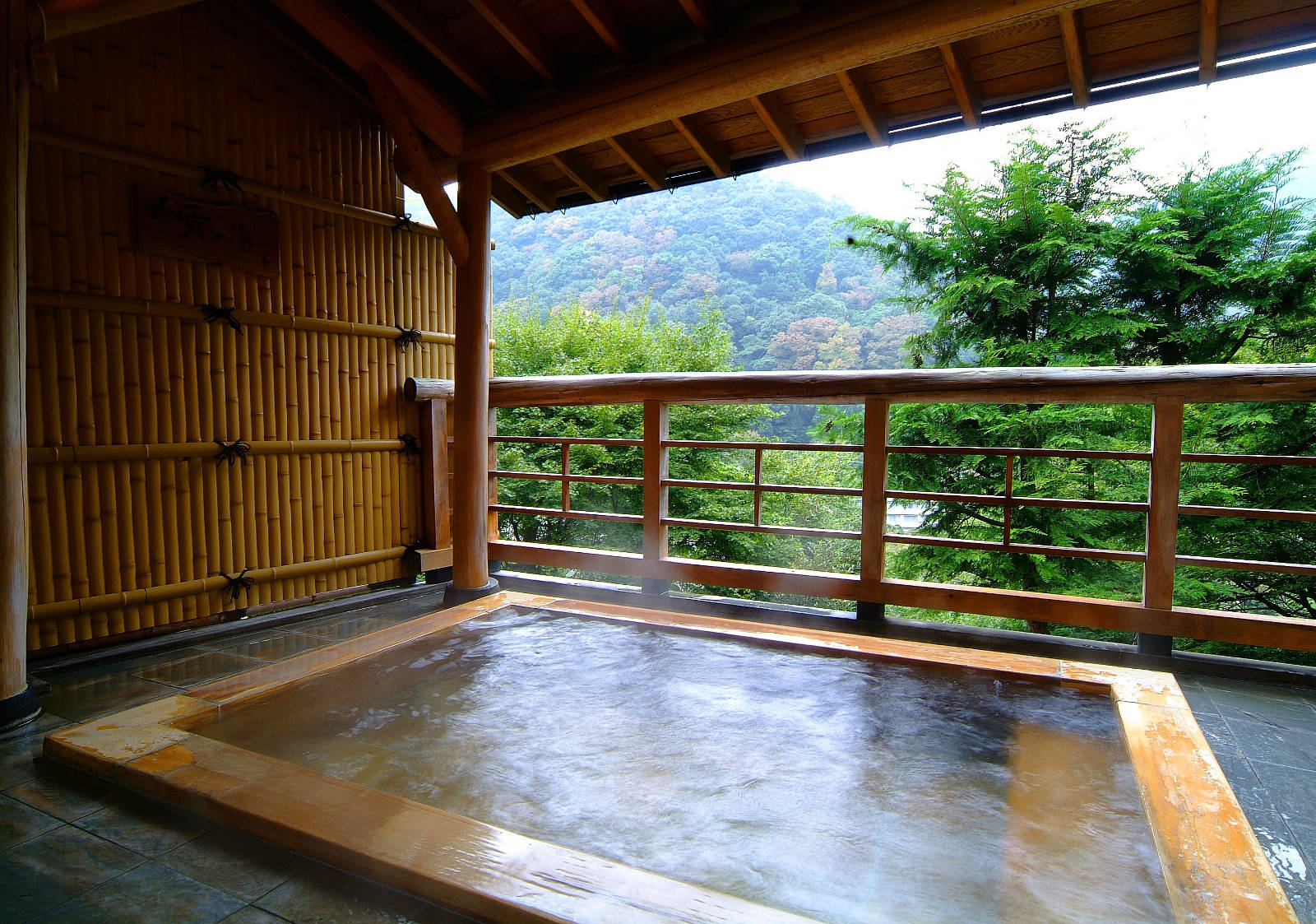 |
| Onsen- Japanese hot springs- Paradise on earth :) |
 |
| Modern type Ryokan |
Subscribe to:
Posts (Atom)
